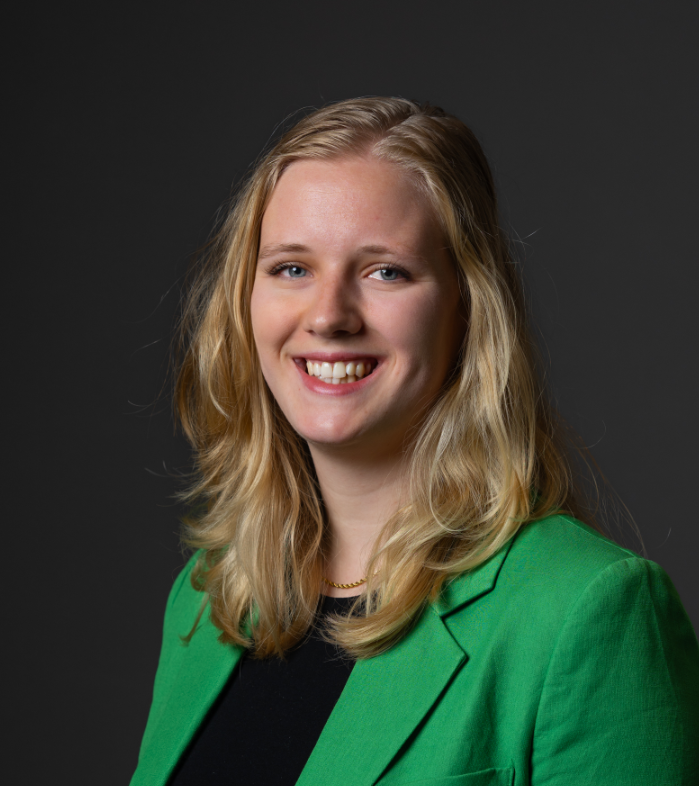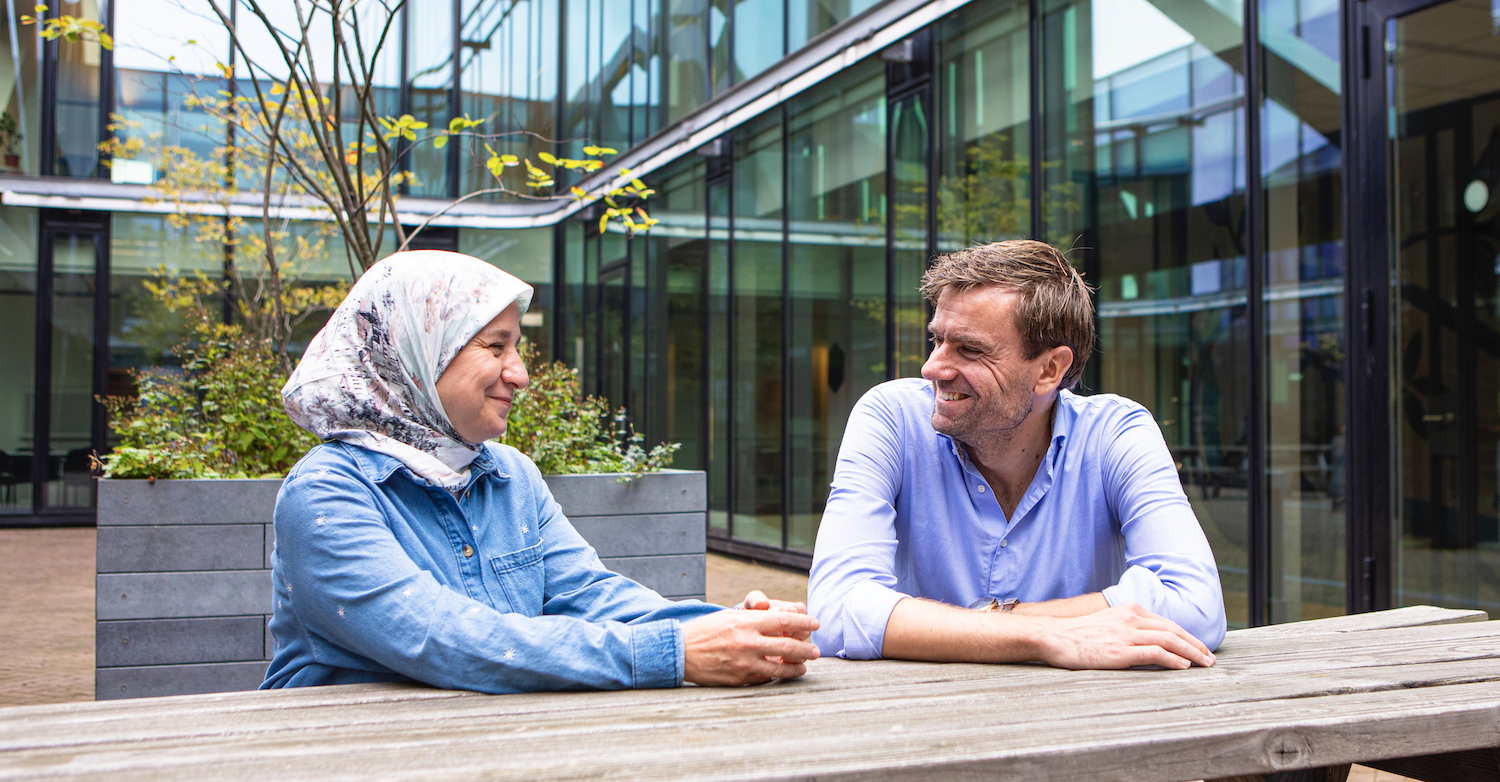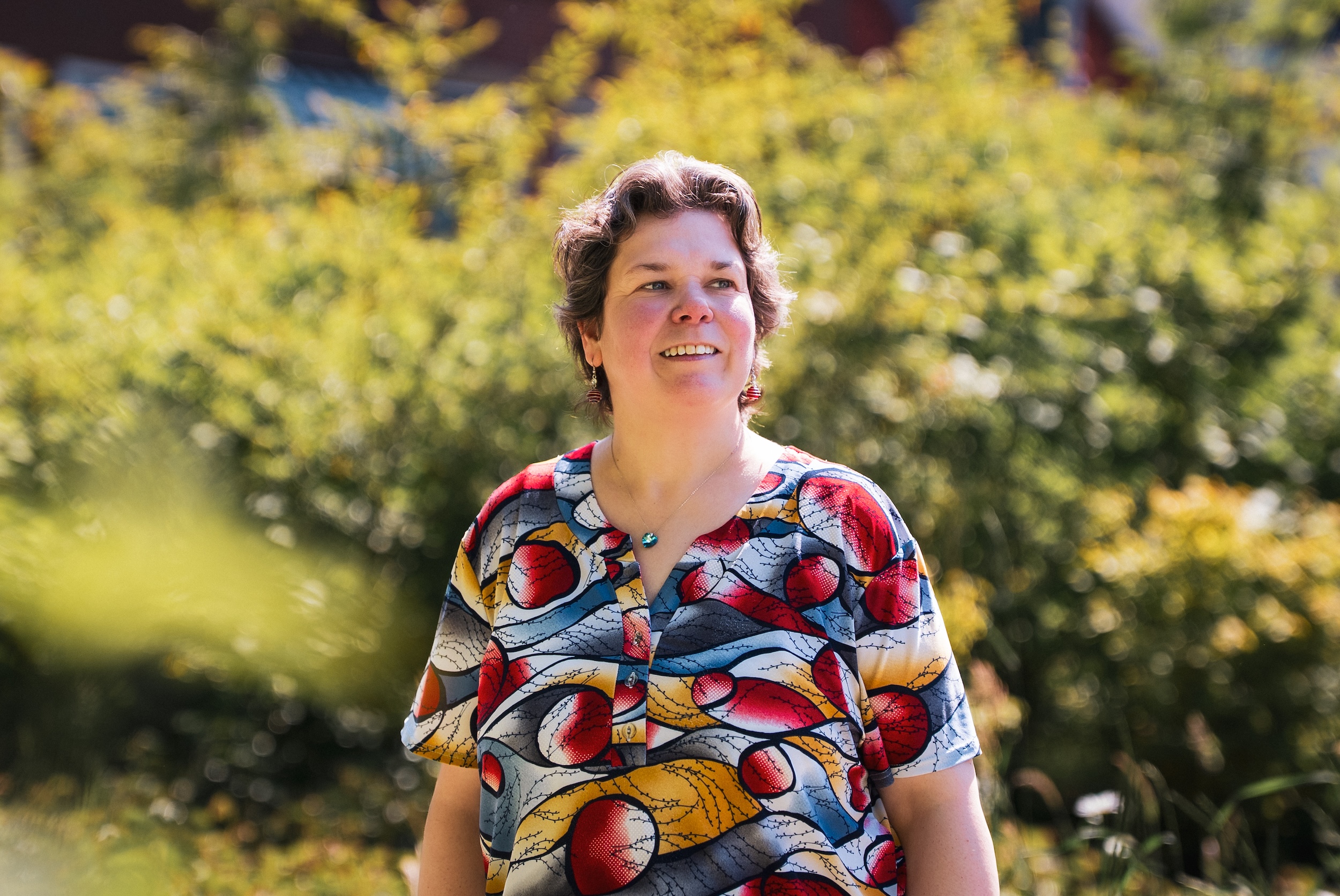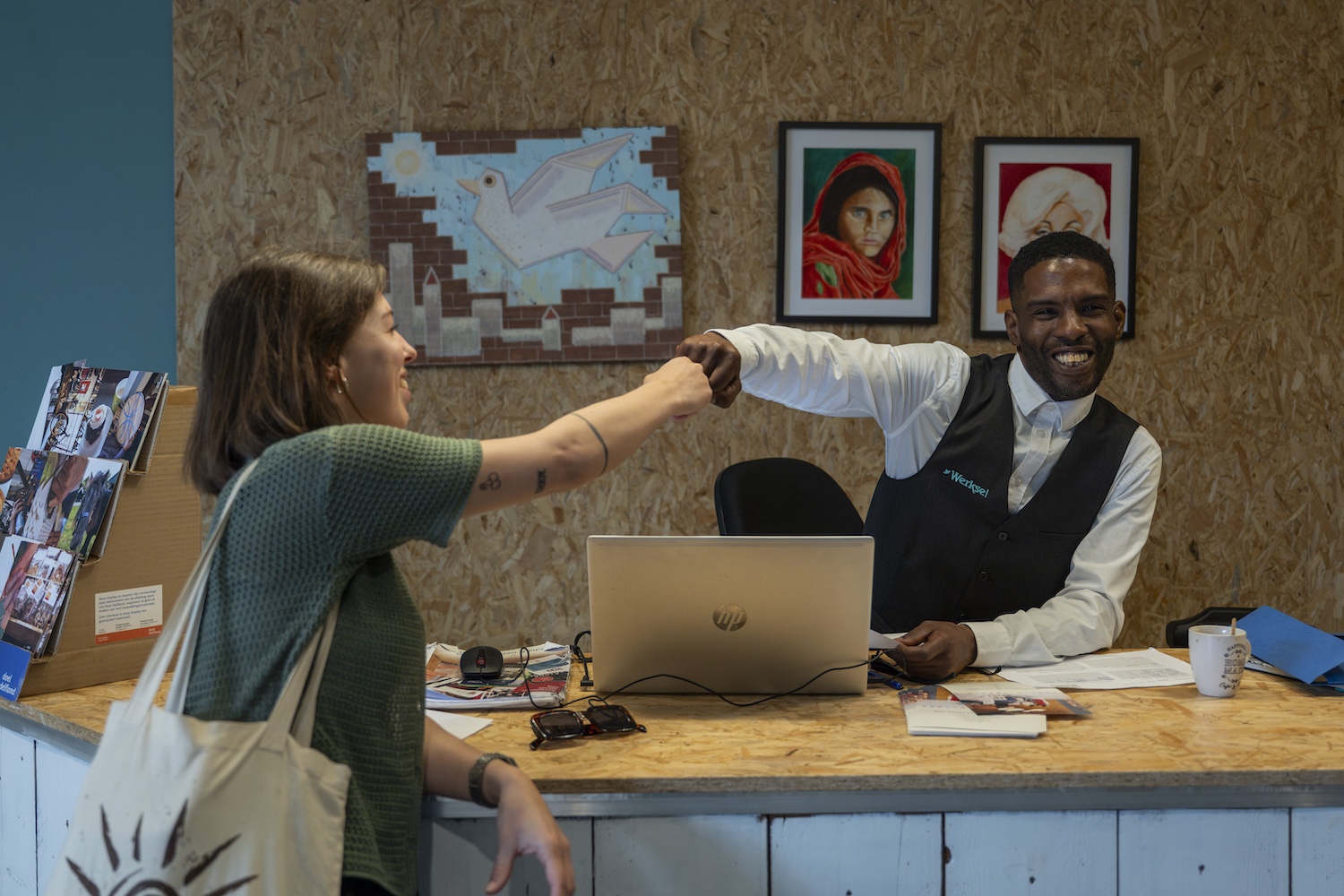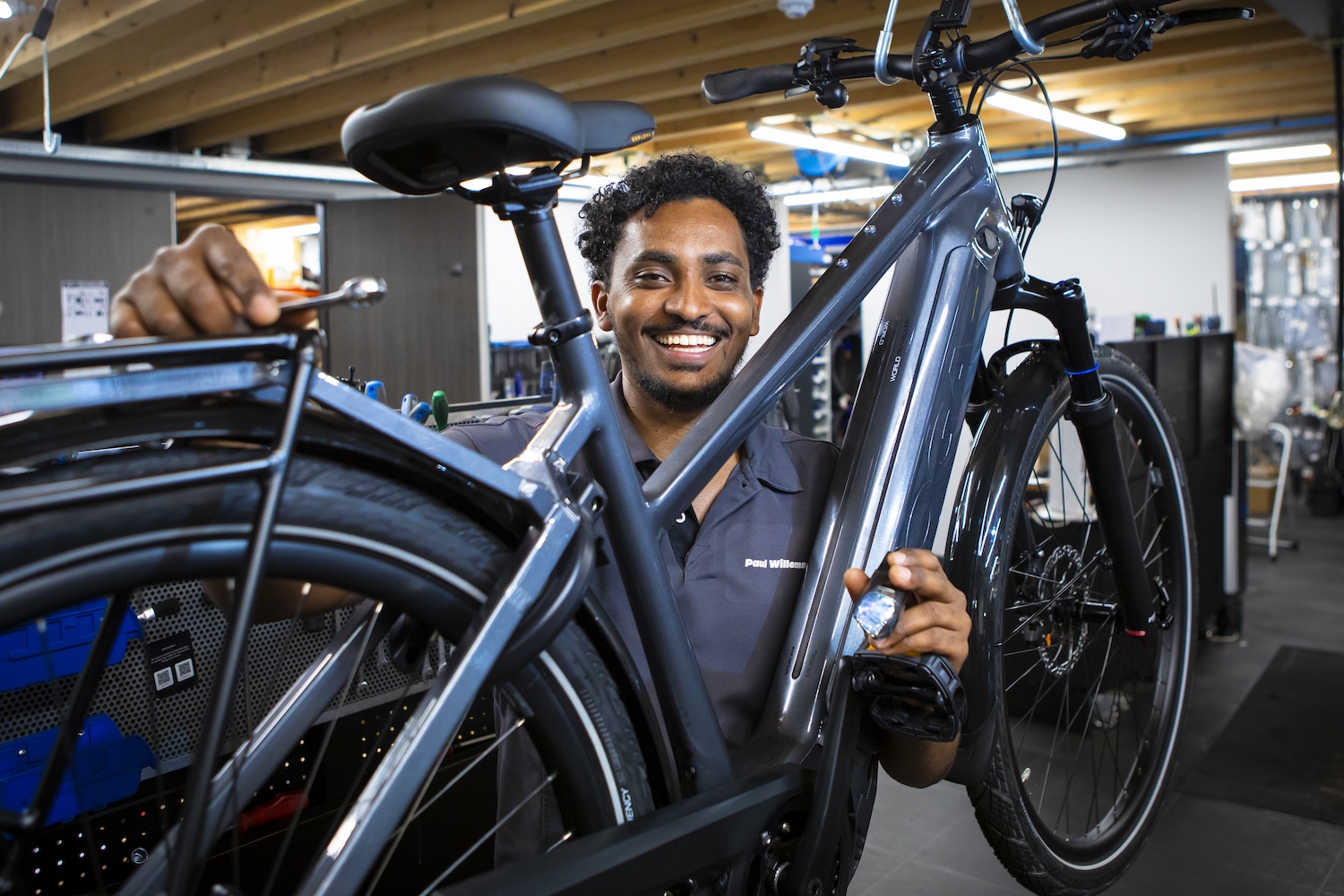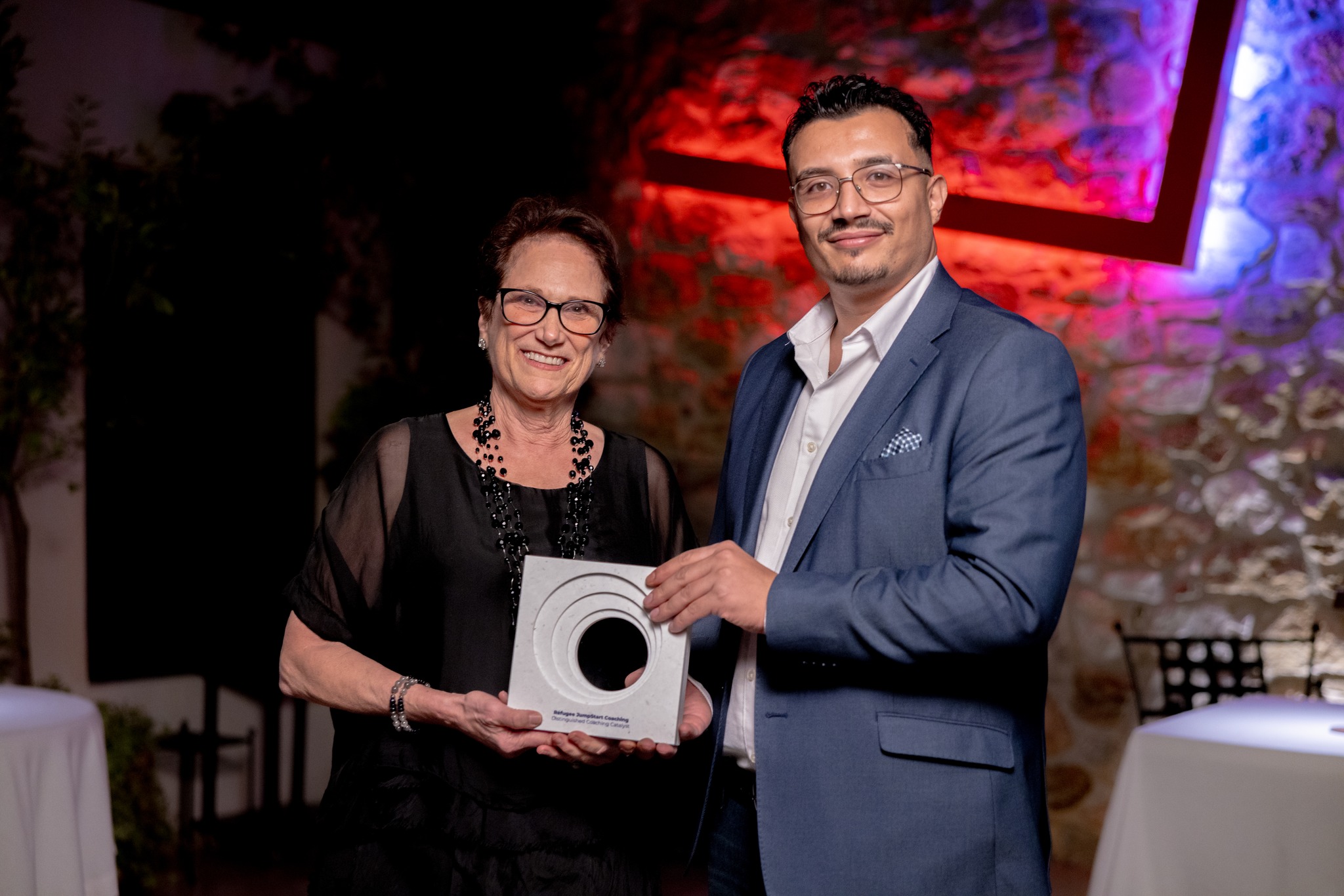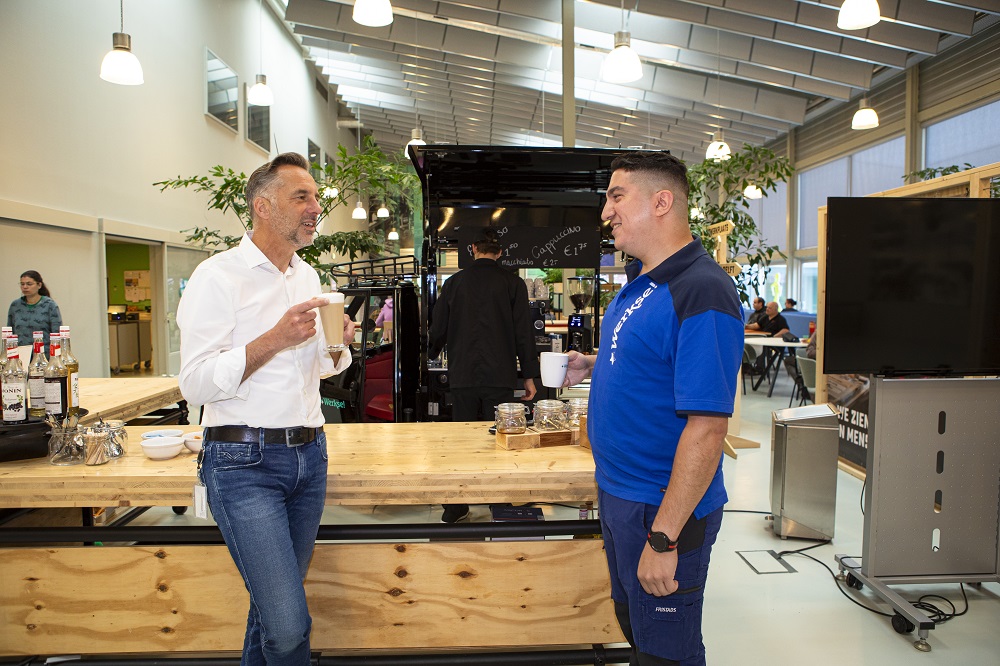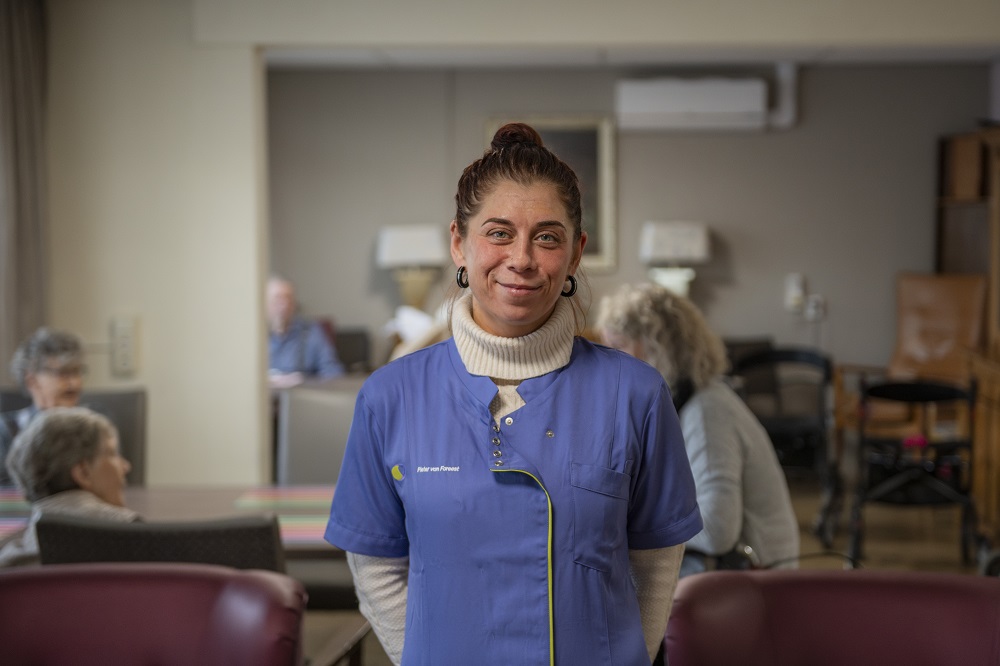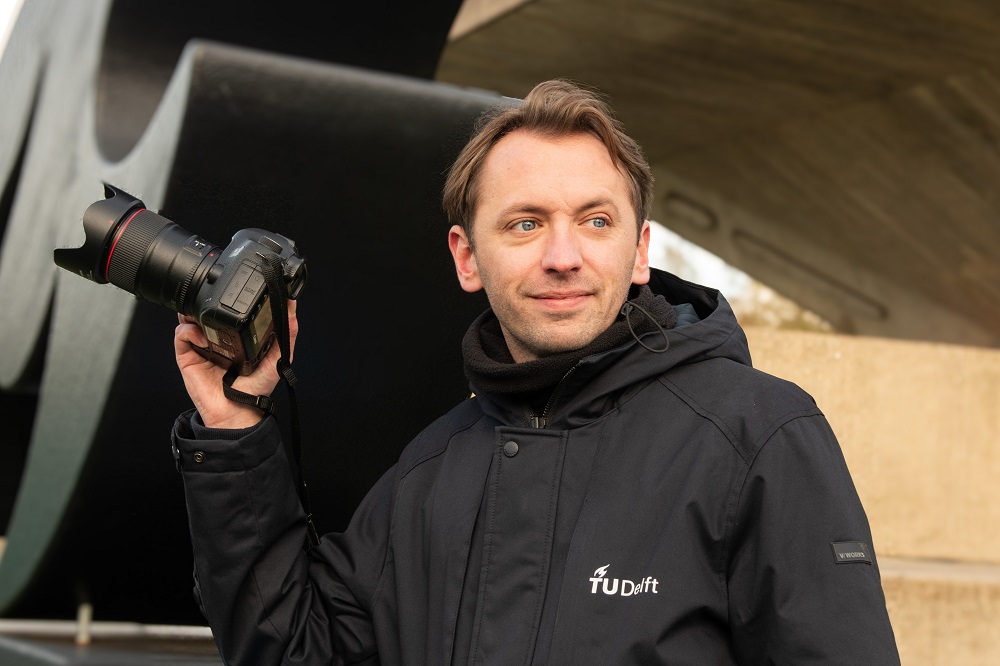Working with autism: 'Of course I do have instructions for use'
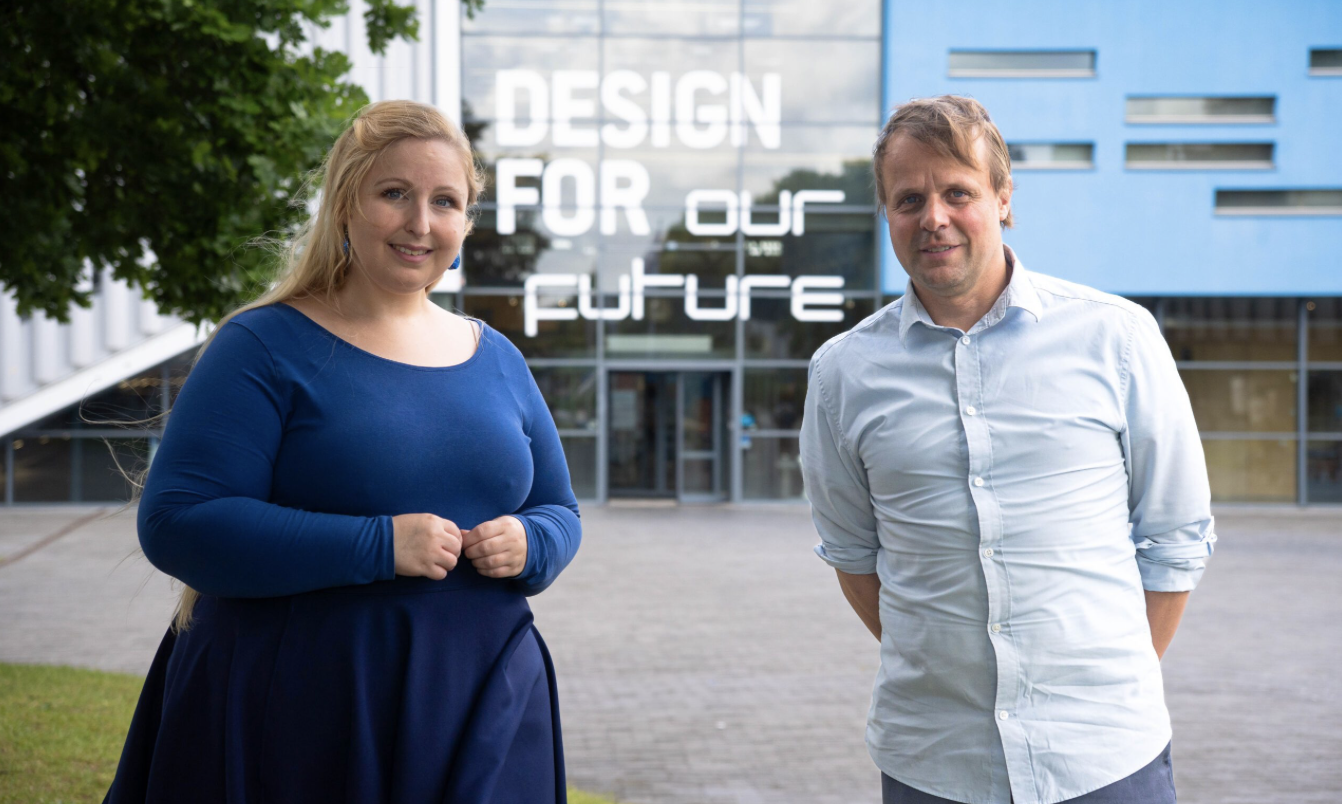
Text: Katja Wijnands, TU Delta
Photography: Thijs van Reeuwijk
Willemijn van Hagen did not finish her studies in Industrial Design at TU Delft after she got a burnout. Autism, was the diagnosis. Now she is back at Industrial Design, as a support employee. It falls under the participation program of TU Delft for people who cannot get a regular job. “There is room here for me to be different.”
Willemijn van Hagen got her first burnout when she was 14 years old. “Then it was never recognised as autism. It was just a year that I didn’t go to school.” After examinations, conversations with psychologists and doctors, she scrambled again. Until she dropped out two years later. “That has always been going on like that. Two years on, one year out.”
During her graduation from the master’s degree in industrial design – good grades and completed all courses – she developed a major burnout. “Then I was really disabled for years.” Final diagnosis: autism. “In some situations, I am completely overwhelmed by stimuli. Sometimes I have to work very hard to get along with social. Other people don’t even have to think about it. My brain just works differently.”
Permanent contract
Through the UWV and the municipality she came to Werkse! Rightly. “Then I got this great opportunity to come and work at the TU.” She now has a permanent contract as a participation officer at TU. “I am part of the support staff and like to help people with graphic work and illustrations. I also help process research data and have helped teach students who are learning to make animations.”
Attening moment
As a participation employee, Willemijn is supervised by a job coach from Werkse! And a buddy in their own team and, like all employees, a manager. Departmental secretary Erik Schoorlemmer of the Human Centred Design department is the supervisor and supervisor of Willemijn van Hagen. “We have a match every week,” he says. “It is often about the content, but usually about how Willemijn is doing now. And then together we look at how we can do things in a different way.” For example, taking breaks. “I find it hard to stop when I’m working on something,” Van Hagen agrees. “And then I get stuck on that.”
‘My brain sees everything as important’
A plus is that she can communicate very well, says Schoorlemmer. “She knows her pitfalls and knows what she needs.” That is clarity, for example. She needs to know what to expect. “That’s how it works with people with autism,” Van Hagen explains. “Our brains are not very good at prioritising. My brain sees everything as important.” She also needs more time to process information. And that is a great advantage, says Schoorlemmer. “Willemijn asks very uninhibited questions and does not think for granted.”
Van Hagen is now working on an assignment that fits in: she makes drawings for the website that depict the identity of newly formed sections within the Human Centred Design department. It is precisely because of her otherness that she is an addition to the team. “Willemijn has started talking to the employees about what that identity entails. Who are we now, what do we stand for. She asks questions in a very systematic way.”
Much understanding for people who are different
How do you notice that Van Hagen has autism? Sometimes there are silences. That’s because it takes her a little longer for anything to go down. Uncomfortable for some people, they tend to fill that silence. “I make intensive eye contact and people find that very uncomfortable. Do you think so too? While there are many autistic people who do not make eye contact.” She continues: “I can’t do anything with the plays that people are performing all day. Superficial talks from which you then have to read something and give the right answer.”
Van Hagen notes that there is a lot of understanding for people like her at the TU. “There is room for me to be different and that has not always been the case. It’s good for my self-confidence, this job. I am taken into account a lot. Because I do have an instruction manual of course. The fact that that is being looked at so closely is very nice.”
Good for the organisation
Schoorlemmer emphasises the beauty of the participation program. “There is a budget to create a job. Normally there is work and you look for an employee. Now we have an employee who can do a lot and we can organise the work in a way that suits that employee.”
They both hope that the TU, despite the cuts, will continue with the participation program. “It is good for an organisation that different types of people work in their own way. Regardless of the value they do or don’t add.”
Van Hagen shows her drawings that will soon be on the new website of the Human Centred Design department. Does she have goals for the future? “That I’m going to build up my hours. I now work 16 hours and go to 19 hours. When I was diagnosed with autism, I had to adjust my expectations. My ultimate goal is not a 38-hour work week. If I can get to the 24 hours, I’m already happy with myself.”
Want to know more about the TU Delft Participation Program?
Read the full article on TU Delta
Do you want to receive the latest news?
-
Share article
